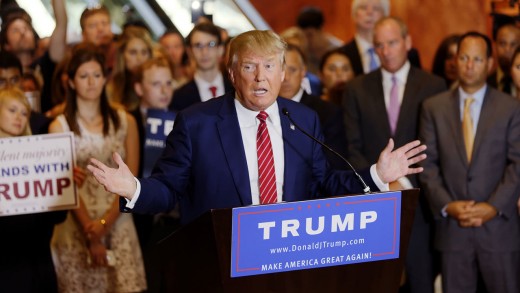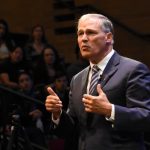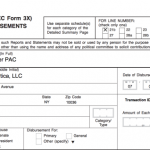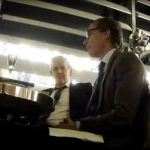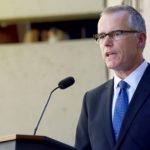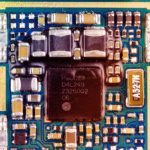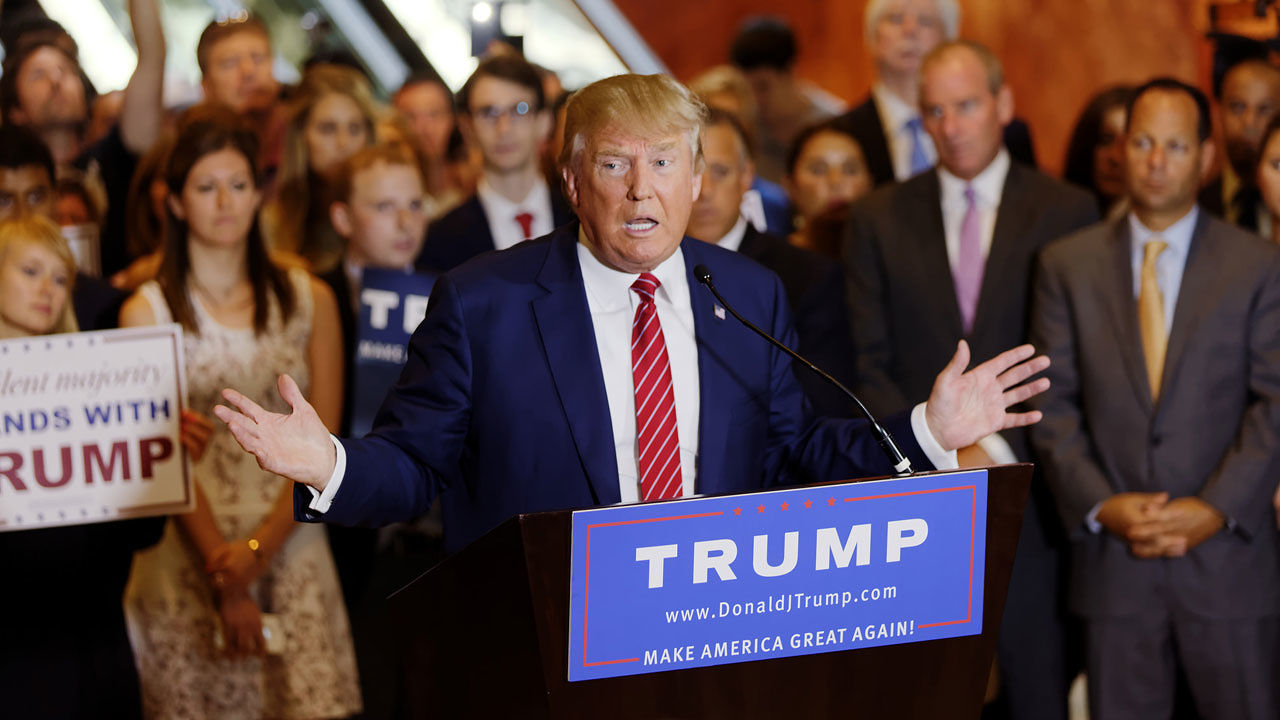What Presidential Candidates’ physique Language unearths About Their management fashion
The 2016 presidential debates offer a really perfect case find out about in how leaders display warmth and mission power.
September sixteen, 2015
when you are gazing the GOP debate tonight to examine concerning the candidates’ leadership fashion from what they say, you will not get the whole story. you may analyze extra about what kind of leader they’ll in reality be should you focus on their body language.
Amy Cuddy’s TED discuss, “Your body Language Shapes Who you’re,” has millions of views for a motive—everybody who’s watched it has understood a little bit bit extra about themselves. however the flip side of Cuddy’s research is equally fascinating—how we will be aware others throughout the physique language they, consciously or unconsciously, choose to make use of.
that is especially true of leaders, whose physique language is on show at all times. For proof, look no additional the 2016 U.S. presidential debates—like tonight’s Republican major debate on CNN. back during the ultimate presidential election cycle, in 2012, TED creator Ben Lillie sat down to ask Dr. Cuddy how her research sheds light on the individuals who need to be the subsequent President of the united states. (read the entire interview here). As the us swings into the 2016 season, here are 4 key insights from that conversation about decide any individual’s leadership type based on their physique language—with the presidential debates as a more or less ad hoc laboratory.
heat And energy
We tend to guage the leaders who deal with us by using at the least two key dimensions: their heat and their power. We ask: “Do i admire this particular person?” and, “Do I appreciate this individual? those questions relate to their trustworthiness and competence as indicated by the nice and cozy and the ability they mission, respectively.
As Cuddy explains, “We’re repeatedly—despite the fact that on a regular basis unintentionally—sending nonverbal signals that individuals use to guage how warm or highly effective we are, and we’re also continuously judging how warm and powerful they’re in response to their nonverbal indicators. so that’s what I’m on the lookout for after I’m looking at politicians: what their physique language says—or is trying to assert—about their energy and their warmth.”
the facility Pose
this is a ingesting game you could play whereas looking at the subsequent spherical of debates: try to spot each and every candidate’s power pose. watching debates is a responsible pleasure for someone who’s occupied with physique language. “in the event you look for energy poses, you’ll start noticing a variety of them,” Cuddy says.
be aware of how expansive the candidates’ postures are: Are they the usage of large, open, sturdy, outlined gestures? Are they standing with their feet apart? Do they have got their palms resting on the outsides of the rostrum, to unfold out slightly more? Puffing out their chests just a little? Racing to be the primary one to reach out and initiate the handshake? and the way a lot space are they taking on?
Are they looking to occupy every other’s house, by way of doing one thing like grabbing their opponent’s arm all over the handshake? Or doing much more aggressive issues, like strolling towards their opponent and truly getting up in their area, LBJ-type?
It’s also attention-grabbing to trace the nonverbals all over the controversy—is the greater debater changing into much more expansive and the weaker debater beginning to close up a little bit, even in subtle methods, like how a lot they raise or decrease their chin?
a lot of power, now not sufficient warmth
Most politicians are previous masters at exhibiting power. heat, not so much. “I don’t see a lot of politicians within the nationwide spotlight who are really struggling to be in contact power, principally as a result of they center of attention so obsessively on appearing the strongest, the most alpha,” Cuddy adds. “but what these politicians are much more likely to fight with, or just overlook to do altogether, is keep in touch warmth and trustworthiness.”
She studied one congressional candidate who had a habit of smiling at precisely the mistaken time: when he was once criticizing someone else.
And so there he’d be, talking about some very bad thing…whereas smiling. people don’t like that. It comes throughout as snarky and self-glad. Voters had been like, “sure, he’s good, but I don’t like the man.” i’ve to say, he truly is a truly good particular person—he cared a lot about what he used to be doing—however he simply didn’t comprehend methods to get that throughout.
one can find that impact on this video clip of John McCain from a previous presidential debate, “where he’s pronouncing that he’s going to ‘practice Osama Bin laden to the gates of hell,’” Cuddy says.
and then on the very finish of this aggressive, fierce observation, he breaks into this painfully fake smile. that you would be able to tell that anyone, possibly a train, perhaps an advisor, said, “You need to smile more, Senator.” And it’s as if on every occasion he paused, he’d keep in mind that, “must smile more, should smile extra,” however it was ceaselessly at the most inopportune times. It seems to be terribly awkward, and it makes individuals really uncomfortable.
Why heat if truth be told issues
Why do we wish our leaders to look heat in the first situation? here’s how Cuddy explains it:
folks judge trustworthiness ahead of competence. They make inferences of trustworthiness and warmth prior to competence and energy. And the reason being that it solutions the query, “is that this individual pal or foe?” With a stranger, you first need to recognize what their intentions are toward you, and then you wish to have to understand, Can they convey out these intentions?
it’s a must to join with folks and construct belief prior to which you could influence or lead them. trust is the conduit for influence; it’s the medium through which ideas commute. if they don’t trust you, your ideas are simply dead within the water. if they belief you, they’re open and they may be able to hear what you’re offering. Having the perfect concept is worth nothing if folks don’t belief you.
maintaining the ability Pose behind the curtain
when you are a leader, use your onstage time to indicate your audience you care, Cuddy advises:
It’s truly important to separate what you do prior to the interaction from what you do all the way through the interplay. you want to feel highly effective getting into—however that doesn’t equal “dominant” or “alpha.” you need to really feel that you’ve the ability to bring your full, spirited self to the situation, stripped of the fears and inhibitions that would possibly most often hang you again. I believe this enables you no longer simply to be stronger, but additionally to be more open and trusting.
however nonverbally showing power during the interplay—now that’s every other factor. I’m indisputably not an advocate, as i feel I’ve made clear with the aid of now, of entering into and power-posing in front of people so as to intimidate them or something. sure, use sturdy, open nonverbals: Don’t slouch or make your self small, and be as big as that you may effortlessly be. however don’t use alpha cowboy moves, like sitting along with your legs aside and your arm draped over the back of the chair subsequent to you. that can in an instant undermine the belief you need to construct.
tailored from a piece of writing that at the start regarded on TED concepts blog and reprinted with permission.
(146)

